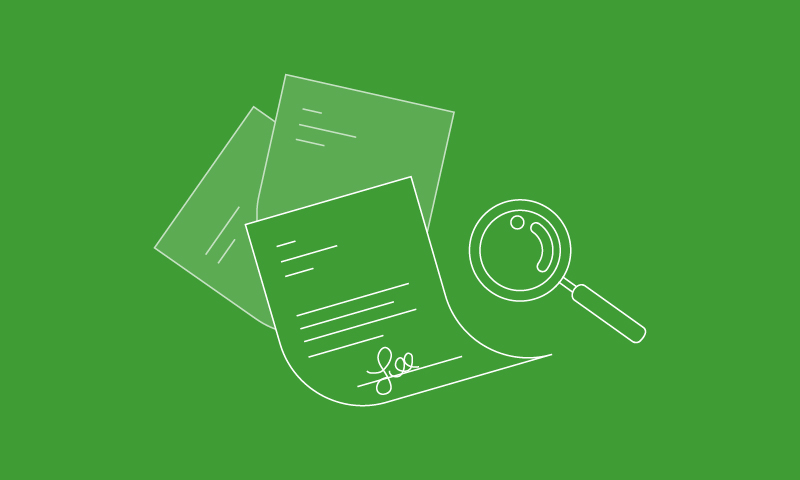21 June 2022
Whilst financial markets generally have been suffering, the losses seen in cryptocurrency markets represent more of a meltdown in value, with some badging it as the start of a ‘crypto winter’. Those who entered the market for the first time during the highs seen in 2021 and have held onto their cryptoassets are likely to be feeling the pain of significant losses on their investments.
That pain can, however, be partially offset by crystallising and then claiming a loss for capital gains tax (CGT) purposes that may prove useful for offsetting against capital gains made on other assets or to carry forward for use in the future. At the moment, the CGT relief available on such a loss is likely to be at a tax rate of 10 or 20 per cent but could potentially be as high as 28 per cent if used against gains made on residential property.
Other than in very specific circumstances, a capital loss is not usually available to offset against income and this will not be available in relation to capital losses incurred on cryptoassets.
The first step required would be to crystallise the loss. It is not as simple as selling the cryptoasset as there are complex rules, well known to those who invest in shares, known as ‘bed and breakfasting’ rules.
The ‘bed and breakfasting’ rules provide that if a cryptoasset is sold and reacquired within 30 days, the calculation of any capital gain uses the reacquisition cost rather than the original amount paid. As a result, the step of selling and then reacquiring the cryptoasset shortly afterwards may have limited benefit and can reduce any capital loss.
In order to avoid this rule from having effect, there are a number of options for cryptoasset investors. If they wish to remain in the crypto market generally but are more relaxed about which cryptoasset they are invested in, they could simply invest in a different coin for the 30- day period. For example, if Bitcoin was sold, an investor could hold their proceeds in a stablecoin such as Tether for the 30-day period and then reinvest into Bitcoin on day 31.
If remaining outside of the market on a particular cryptoasset is not preferable, it is possible to look at strategies such as transferring the sale proceeds to a digital wallet owned by a spouse and for them to make the reinvestment.
A transfer of an asset to a spouse or civil partner will not usually trigger a disposal for CGT purposes. Instead, people sometimes explore selling assets to family members. However, it’s important to note that selling or gifting the cryptoasset to a wider family member could result in any resulting capital loss being restricted in use against gains made on disposals or gifts to the same person. This is sometimes referred to as a ‘clogged loss’.
Capital losses on cryptoassets can be used against other capital gains made in the same year or carried forward indefinitely. However, they do need to be claimed within four years of the end of the tax year in which the loss arises. The loss will not be allowed unless the taxpayer provides notice to HMRC. This can be done on an individual’s tax return or in a separate written claim. Crypto investors may have curbed their enthusiasm for the moment but crystallising and claiming associated losses could prove highly valuable for the future









